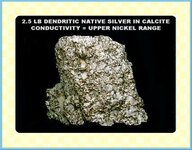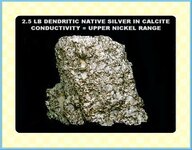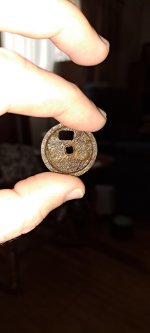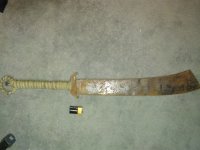I dont have any test nuggets, is it easy to melt fine gold down into a nugget say with a mapp gas torch?
Or can it be used as is in a small vial on string?
Or can it be used as is in a small vial on string?
Upvote
0


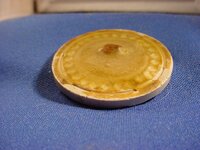

 Remember Christmas is only 3 weeks away.
Remember Christmas is only 3 weeks away.